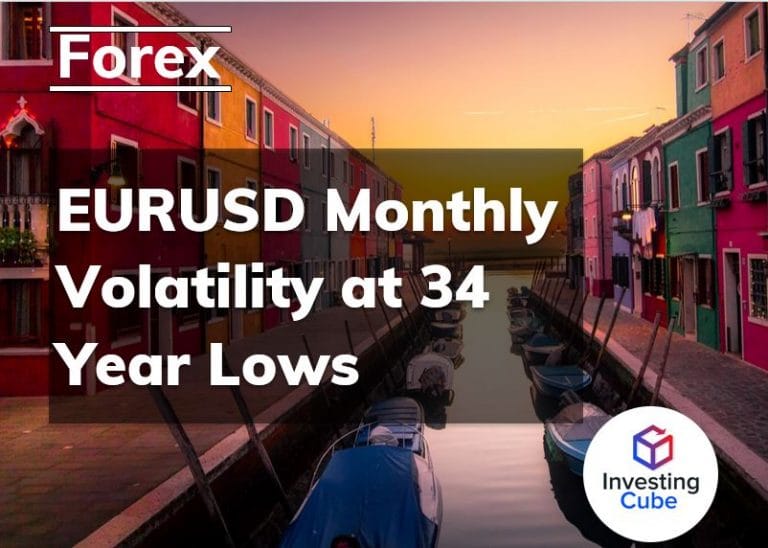The average 12-month volatility in the EURUSD is at a low of 304 pips per month. The EURUSD did not exist in 1985, but EURUSD synthetic price data by IDC shows that if it did, then today’s monthly volatility would be as low as it was in January 1985.
However, the situation today is quite different than 34 years ago. In 1985, the synthetic EURUSD pair was steadily trading lower, while in present time the markets have been volatile in their recent decline, which made trading in the last 12 months more perilous.
The stalemate in the EURUSD is on the heels of both the European and US central banks getting ready to reduce interest rates, and this creates less of an incentive for traders to form a trend. Also, with European interest rates being at very low levels for a long time it looks like the Euro has been acting as a funding currency, which means that investors borrow in Euros to invest elsewhere, much like they do in the Japanese Yen. However, when investors get worried about the future, they tend to hedge their bets in funding currencies, and this might explain why the Euro remains supported vs. currency pairs such as the Australian, Canadian, and New Zealand Dollar.
Don’t miss a beat! Follow us on Telegram and Twitter.
It is difficult to say when the stalemate in the EURUSD will end, but the current ECB president, Mario Draghi, will end his term on October 31, which also happens to be the day when the UK is set to leave the EU. Draghi will be replaced by the former IMF chief, Christine Lagarde, which is seen as more dovish than Mario Draghi and has in the past been a vocal supporter of ECB quantitative easing. If Lagarde indeed accelerates the pace of ECB rate cuts and the adds more QE then we could see the EURUSD trade lower. The pending UK-EU departure should also boost volatility. While it is hard to know when the EURUSD will start trending, what is clear from the Average true index seen in the lower panel below, is that volatility always makes a comeback.Download our latest quarterly market outlook for our longer-term trade ideas.
Do you enjoy reading our updates? Become a member today and access all restricted content. It is free to join.

